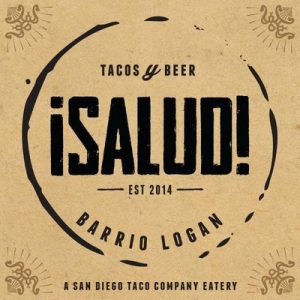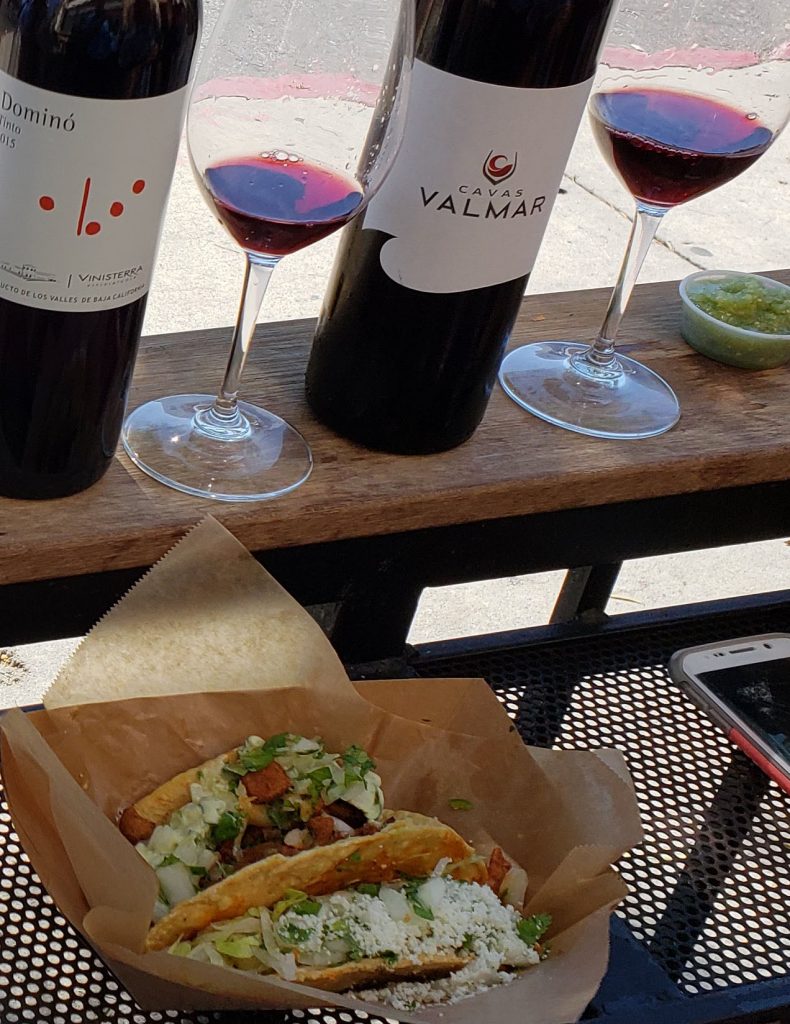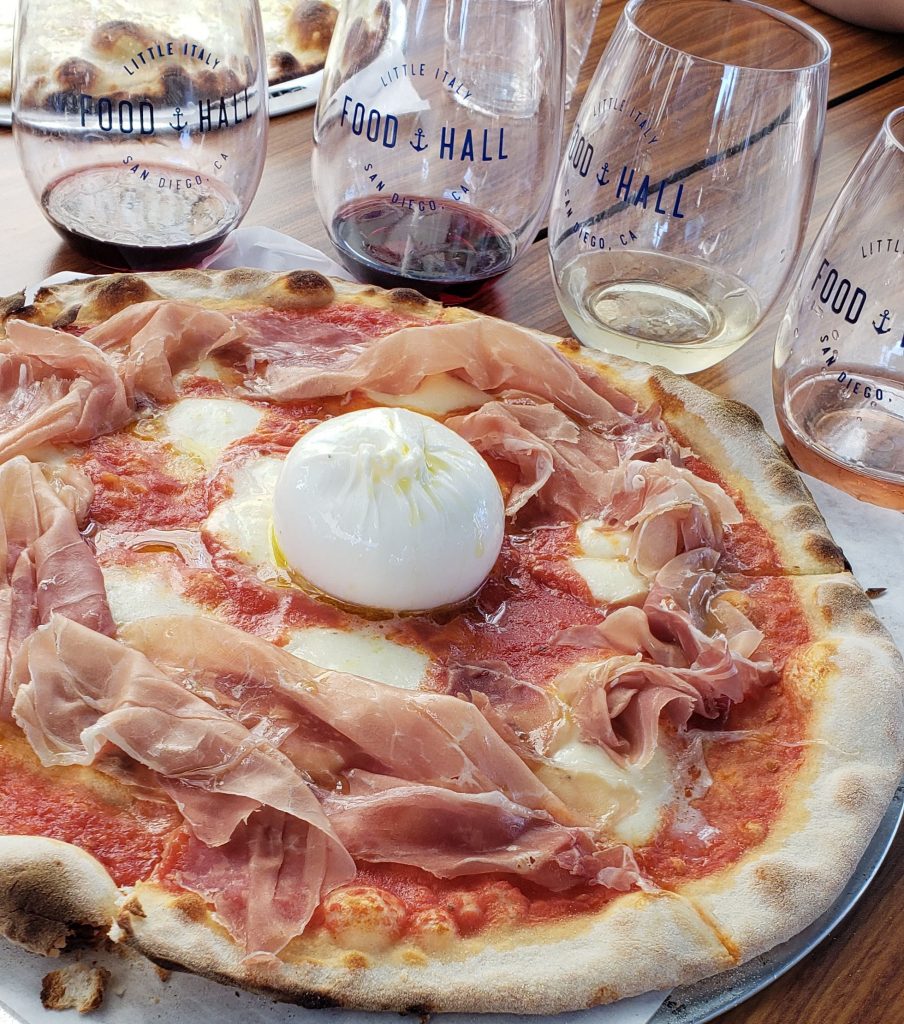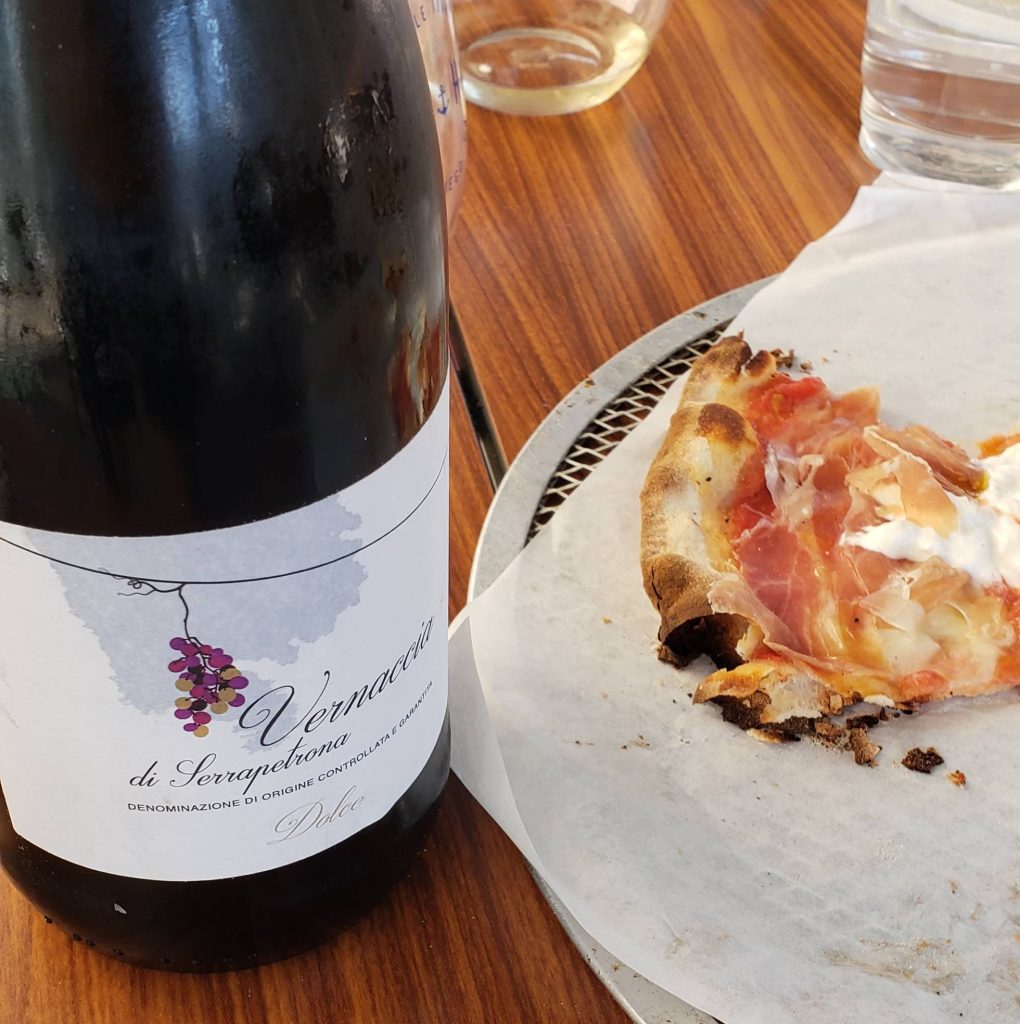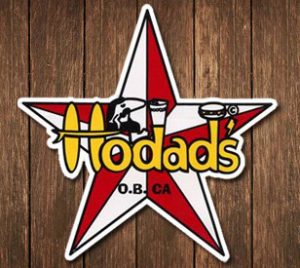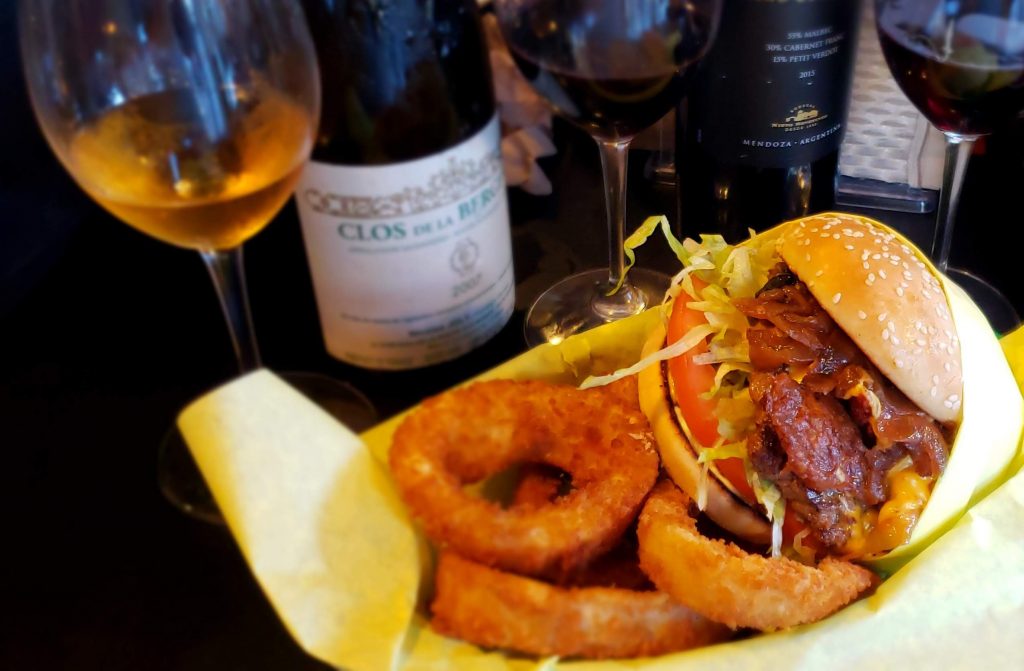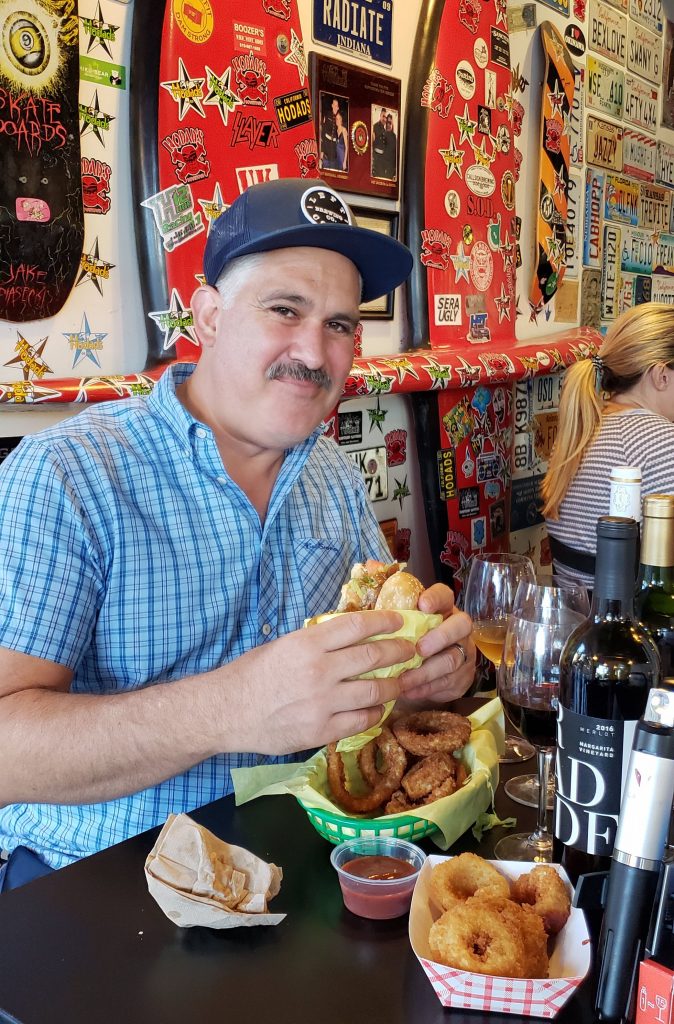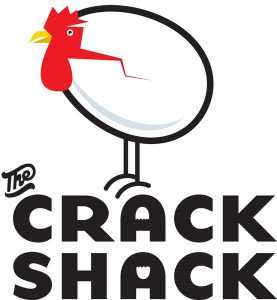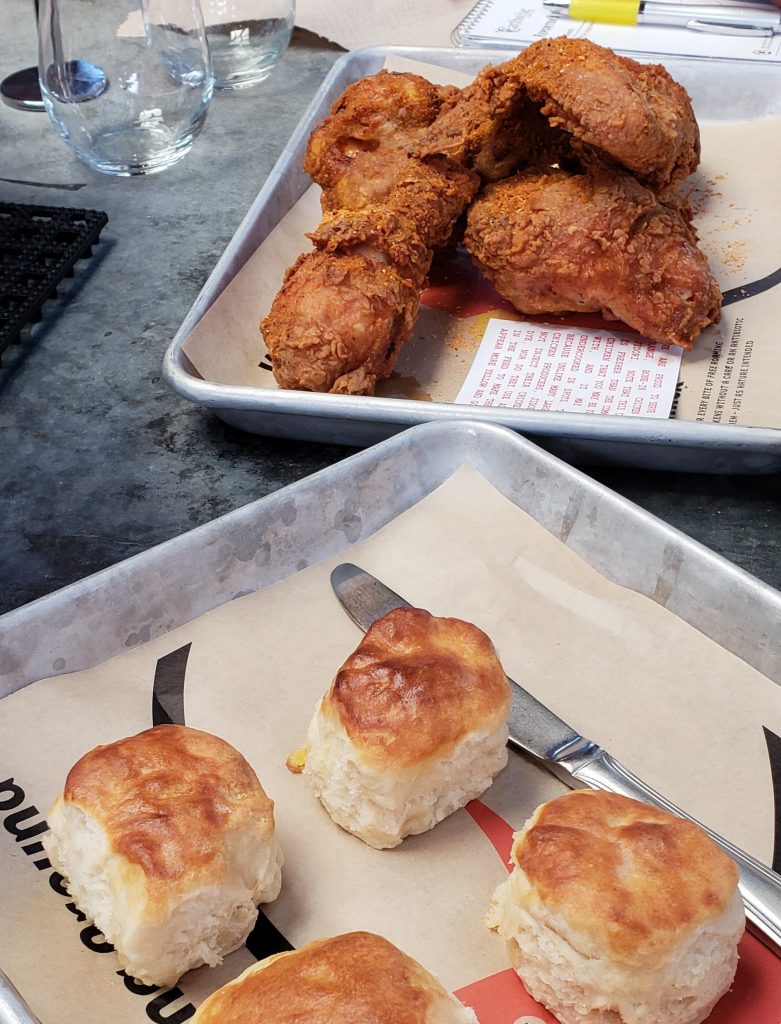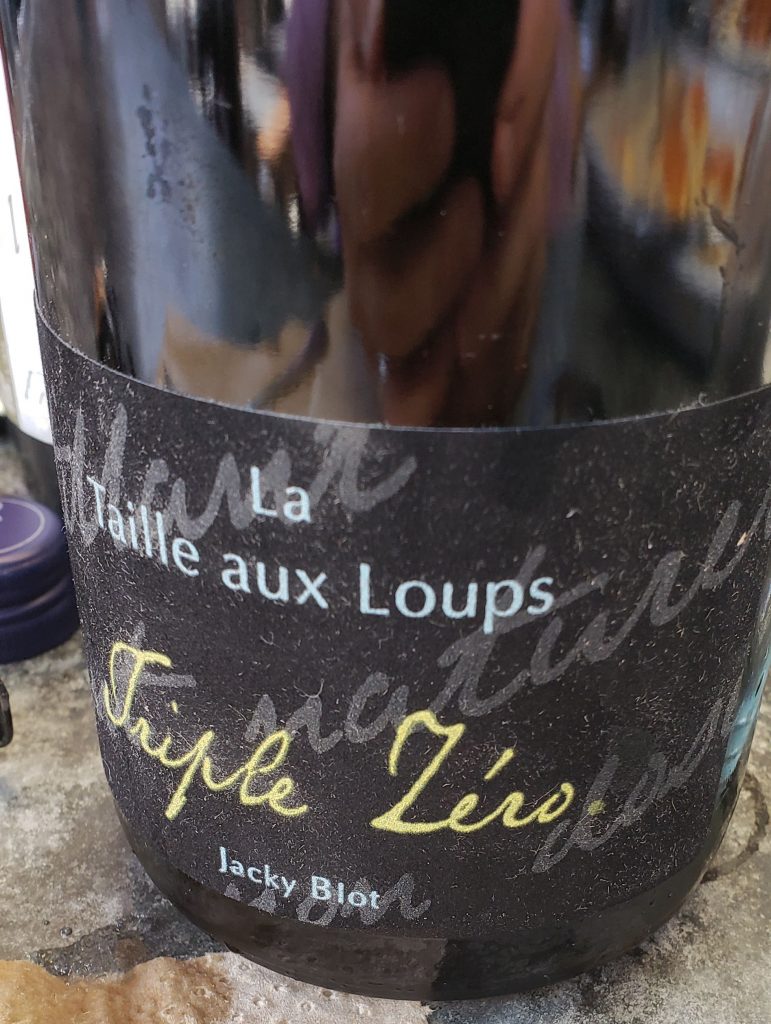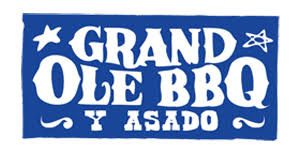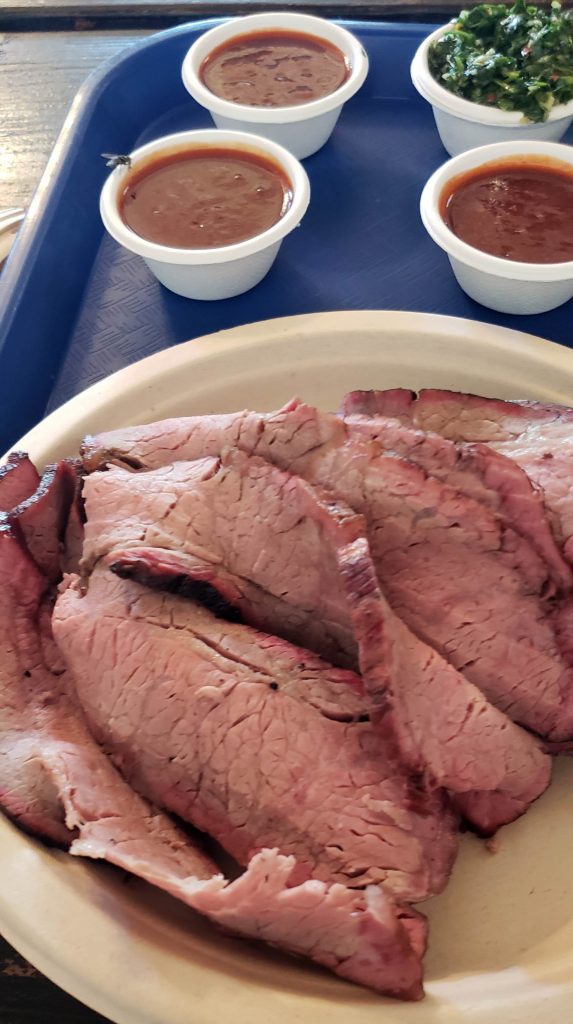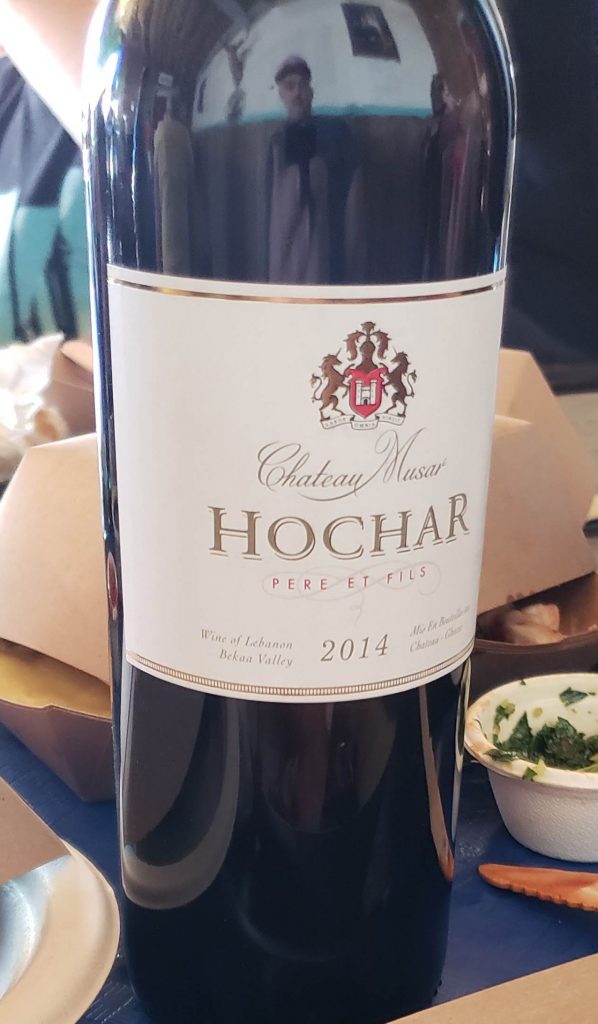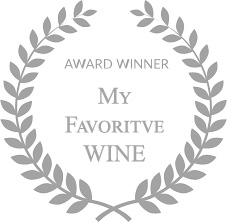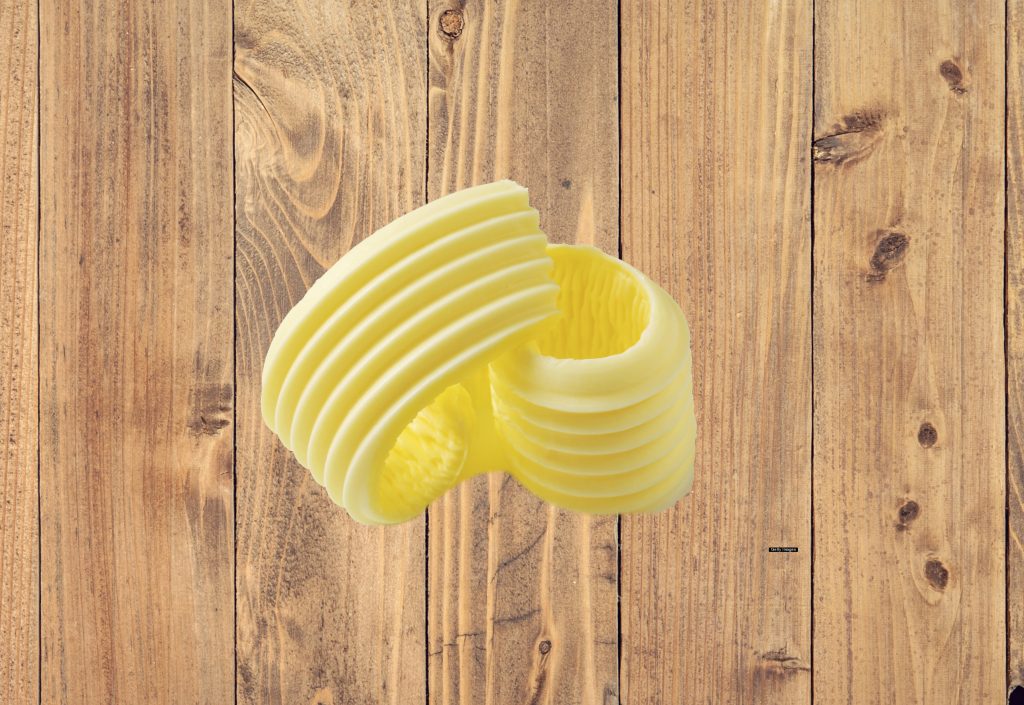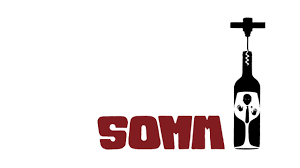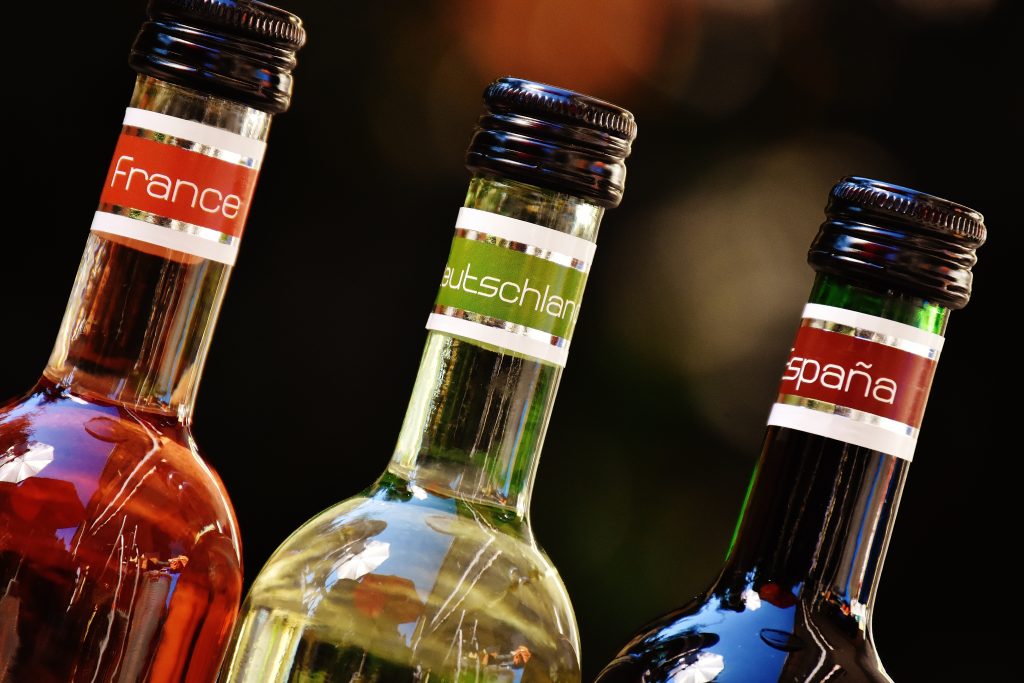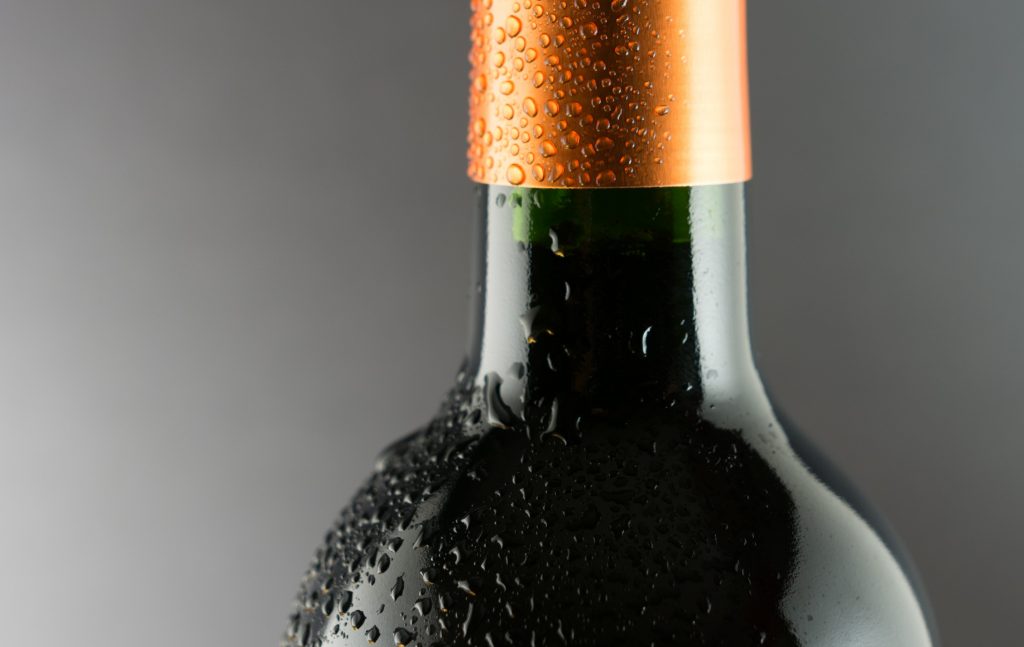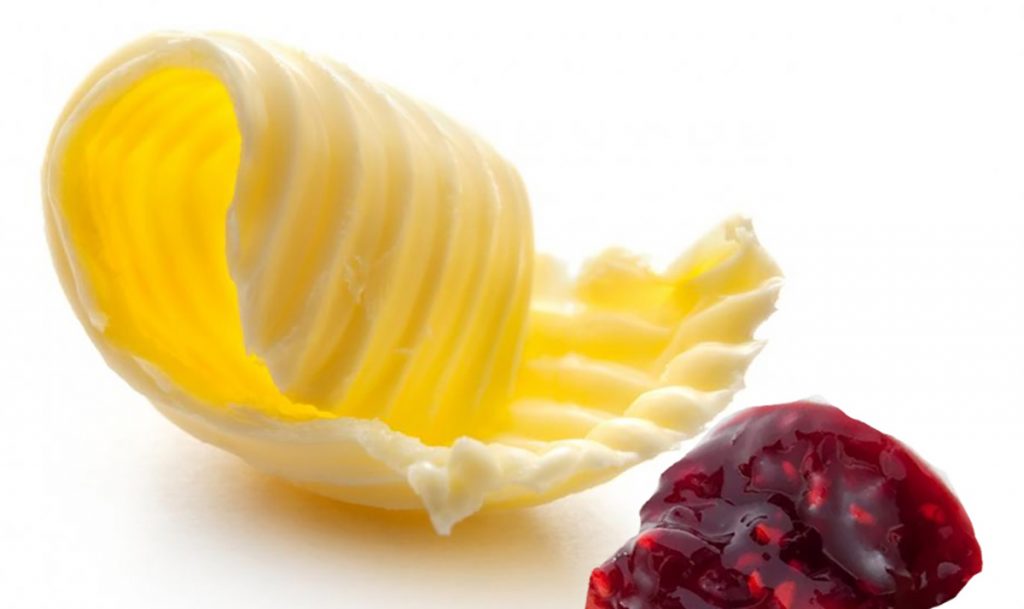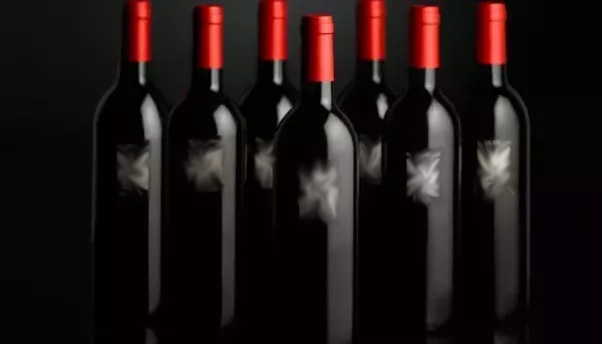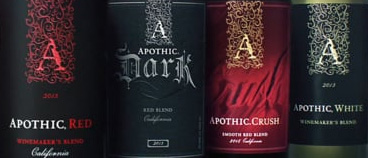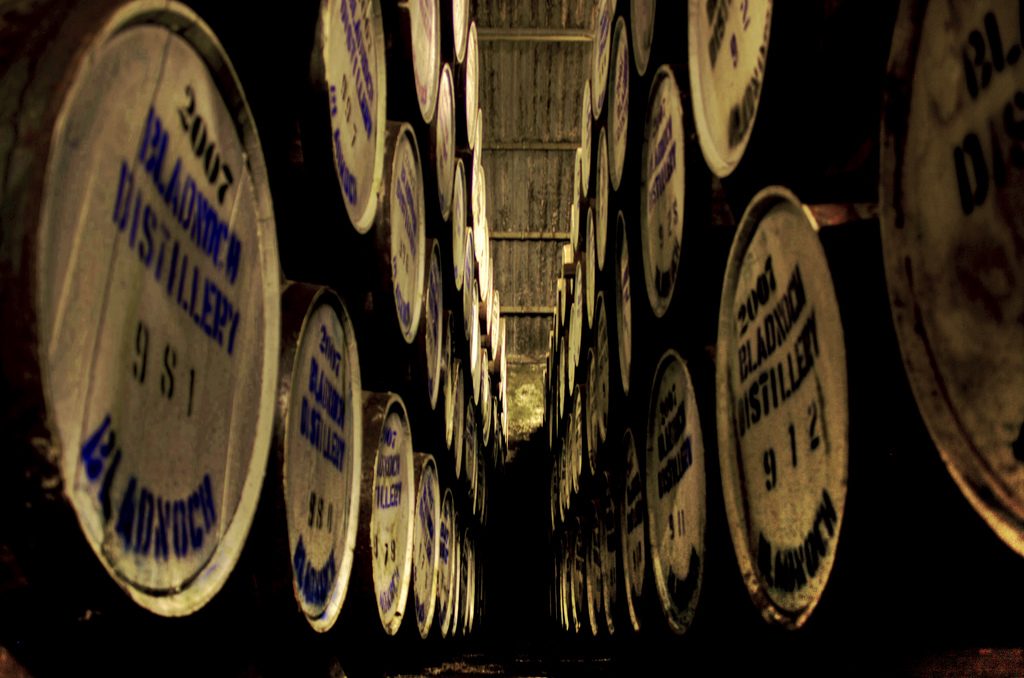Recent Posts
Pairing Wine With Fast Food
Wine & Fast Food Pairing
One afternoon, I left the house with a cooler full of wine and my trusty Coravin and made the rounds throughout all the hip neighborhoods in SD challenged with the task of pairing wine with fast food. Okay, I did not chose actual McDonald’s fast food, why encourage people to eat that with good wine. Instead I tried the local fast casual spots throughout San Diego. A big thank you to my friends at Skurnik Wines, La Mision Associates, Epic Wine & Spirits, Truly Fine Wines & Domaine Select for hooking up the delicious wines. If you’d like info on where to buy these wines, comment in the comment section below.
Tacos Salud: Taco al Pastor
The quintessential taco is the taco al pastor, a Lebanese inspired taco made of slow roasted pig smothered with Guajillo chilies, garlic, Adobo and Chile de Arbol dripping with pig fat. Probably the best taco meat on the planet. Although I could have chosen carne asada, birria, lengua or any other meat, I had to give al pastor a shot.
My initial instinct was to bring Riesling or rose wine, but I did not want to make this exercise easy on me. Instead I pulled out reds to see if they could stand to the challenge. I looked south of the border for inspiration. I grabbed a bunch of fruity Baja wines to see if I could find the ultimate Taco Wine. After trial and error I landed on a match, Valmar Red Blend made with Nebbiolo, Syrah, Merlot and Cab Sauv. It was fruit forward and juicy which contrasted the spices of the al pastor. These Baja wines also have a salinity which naturally match the salty al pastor. The key was keeping it below 14% abv and serving it at a chilled temperature, 56-58 degrees. The chill helps take down the heat of the spices. By the way, I also had a Gutzler Sylvaner from Germany in my bag, and although it did not perform well with the taco, it was amazing with the Guacamole!
Ambrogio 15: Procuitto y Crudo Burrata Pizza
When I arrived at the food court in Little Italy where Ambrogio 15 is located, I was confronted by the managers, unfortunately I could not bring in my own wine. No sweat, I ordered from their wine list several glasses of wine I thought might do the trick. I had a Primativo di Mandura, a Fiano Salento, a Rose of Baga, and a Tuscan style red. Surprisingly, none of them really made a great pairing. The closest was the Baga Rose from Portugal, maybe because the acidity paired with the salty prosciutto and the bubbles helped scrub the rich oils of the cheese off the tongue. But it was not perfect. I saved a slice of pizza and took it to my car where I sat on the corner of Fir and Columbia, reached into my bag and grabbed a Vernaccia di Serrapetrona Spumante. Incredible! This is a sweet red sparkling wine from the Marche region of Italy. The sweetness contrasts with the salty prosciutto, and the acidity and bubbles match the Burrata’s richness perfectly. So I recommend ordering take out and popping a bottle of Vernaccia, the pizzas are fantastic!
Hodad’s: Bacon Cheese Burger with the works and a side of Onion Rings
At Hodad’s I was tasked to pair their ultimate bacon burger and onion rings with wine. When gathering wines for this venture, my mind went to Miles of the movie “Sideways” drinking Cheval Blanc with a burger. So I brought a Merlot and Argentine Malbec with me. Although both were not bad, the best pairing I came across was with a white wine. I pulled out a 2007 Nicolas Joly Savenierres from the Loire, it is a Chenin Blanc, aged in oak, made as naturally as one can get. Drinking it in 2008 would have been a punch to the mouth. The wine is now in the perfect place. It is a full bodied white, with slight honey notes, high alcohol and high acidity; how does this even happen? The sweet honey flavors were glorious with the onion rings, the weight and acidity of the wine matched the massive burger, what a total unexpected trip! The wine held up, never overpowered by the food and the food never overpowered by the wine. Who says white wines are for wussies?
Crack Shack: Fried Chicken and biscuits with Miso Butter
The chicken at Crack Shack is downright delicious. It is crunchy, salty and fatty. They make an array of sauces so each will drastically compromise the pairing. Naturally, I went to my bag full of high acid whites. I had an Atalier Albarino, an off dry Scheurebe from the Pflaz, white Burgundy from the Macon and Sparkling Chenin Blanc. The Albarino was good with the Ranch dressing. The Schreube had some RS which is kind of out of balance justthe chicken, but worked great with spicy sauce. The White Burgundy clashed, the alcohol was a bit too high and intensified the spiciness. The best pairing was La Tailleaix Loups Triple Sec Sparkling wine. This wine is produced dry with zero liqueur de triage, zero dosage and zero liqueur de expedition. It has aromas of yeast, sourdough and bee pollen. The acidity was lively cutting through the grease of the fried chicken. Although the wine was dry, it had this honey flavor which balanced with the peppery flavors of the chicken skin. The bubbles acted likes scrubs on the tongue, making the next bite a whole new experience again and again. This goes to prove that one cannot go wrong with high acid bubbles and fried chicken.
Grand Ole BBQ: Argentinian Sunday Tri Tip and BBQ sauce
I showed up at Grand Ole BBQ ready to get my pulled pork on, unfortunately or should I say fortunately, they were doing Churassco Sunday with Argentinian cuts. I chose to get the Tri Tip and try different BBQ sauces ranging from sweet to spicy. In my bag I had 6 wines I thought might work. Aussie Shiraz, South African Red blends, Portuguese reds and I threw in a wine from Lebanon for the heck of it. My bet was on the Portuguese reds. All six wines would have done just fine if I was eating the Tri Tip, but the BBQ sauce is the ringer. The Casa Ferreirinha Douro “Papa Figos” Red was fantastic with pruned fruits, dry and tannic mouthfeel. It matched the sweet BBQ sauce but clashed with the spicy sauce. The other wines all clashed with the sauces, until I got to the dark horse, Hochar Red Blend by Chateau Musar of Lebanon. This wine was super earthy, funky, and totally dry. My intention was to match BBQ with fruit forward styles similar to Zinfandel. What I noticed was that once the wine got over 13.5% abv, it would clash with the spicy sauce. The Hochar at 13% was incredible. It was tart on the palate which contrasted very pleasantly with the spices. The cedar, leather and other tertiary aromas melded perfectly with the spices in both sauces. Neither the wine nor the food were ever overpowered by one or the other. They key again, was alcohol, keep it down and if the wine has good tannin and acid structure then it will prevail.
Wine from an Unknown Region
Sommeliers are always on the search for new unique wines. They race to be the firsts to add them to their menus. I am not sure if this is driven by their egos, or if they legitimately look for wines worth sharing with the world. Somms are in a way, the gate keepers to undiscovered wine regions.
Today, I find myself in this situation. I am about to board a plane taking me to one of the most southern wine growing regions in the world, Uruguay. Sure the wines are not undiscovered, but they certainly are not very accessible in the marketplace. Most people don’t know where Uruguay is. They only know of Cavani, Suarez and Forlan when they pop up in the world cup every 4 years. Other than that, it’s a country that gets confused for Paraguay. And even then many Americans have no idea in which continent it lies.
Uruguay is the reminence of the Spanish influence in the Americas. In the beginning of the 20th century, they experienced a huge Italian immigration. Both, the Spanish and Itaian cultures bleed wine. So naturally Uruguay’s veins must circulate wine through its populous.
The country borders 2 prominent wine nations, Argentina and Brazil. You may all know Argentina because of their incredible Malbecs. However, you may not know that Brazil is the largest producer of wine in South America. The Brazilian wine giant, Miolo, is one of the largest wine companies in the world. Gallo is the other. Coincidentally, the Gallo and Miolo families both immigrated to the Americas from the same small town in Northern Italy.
Uruguay shares the Campanha growing region with Brazil in the north of the country. However, most of Uruguay’s wines are from the southern coastal regions. They are known for Tannat, a French grape once common in France pre-phyloxerra and now is limited to the Basque regions in the South of France such as Madiran. It only makes sense that the Uruguayans use Tannat, it is a powerful tannic wine which matches their famous meat dishes such as churrasco and parelladas.
Since they are a coastal region, they also produce wines which fare well with seafood. They are not as well known for their Chardonnays and Rose’s, however they should be, as they produce fantastic whites.
Well, I am about to board my 24 hr flight. When I return I promise to share some of the stand out wines. Hopefully they will be in distribution and you will be able to find them at some of the Cohn Restaurants.
To be continued…
5 Things You should Never Ask Your Sommelier
-
What is your favorite wine?
This is like when someone asks what is your favorite movie. The question is flawed for so many reasons. Who can pick their favorite movie on the spot? The answer really depends on who is asking. If my 10 year old niece is asking, that answer may differ from the answer I give to someone while on a blind date. Therefore, asking this question will only lead to hearing what they think you want to hear. A sommelier tastes thousands of wines, there is no way he/she could pick one out of thousand. The answer you will get, is probably something they recently tasted and stuck with them long enough to stand out over the past week. Wines are in constant evolution, so the 1989 Petrus the sommelier tasted 10 years ago which was his/her favorite wine, will never taste the same. Bottle variation, time, environment, glassware and the company they’re with all effect the way the wine was received. It will never be the same, so the question is really an open ended question. Finally, the answer you get might not be the one you are looking for. Somms typically like austere high acidic wines. If you are looking for a recommendation on a wine, don’t order what they like, you probably won’t like it. Instead, tell them what you like to drink and then ask for a recommendation based on your favorite styles. If you are sincerely looking to be adventurous, then ask the question and go with what they like; otherwise, don’t ask.
-
What is the oakiest and butteriest Chardonnay?
Okay some of you might think this is a fair question, especially if you like this style of wine. However, many people who ask this question really do not know what they are asking. They use this particular jargon to seem like they know about wine. They assume they are going to impress the sommelier. The sommelier will smile, hold back an eye roll and recommend the one Chardonnay on the list reserved for this particular guest. The unfortunate part is the Somm will never recommend anything too interesting. If your goal is to start a conversation and receive their honest suggestion on a great bottle of wine, do not lead with this question. They will simply steer you to something that you are familiar with and then recommend you order the lobster.
-
Did you watch Somm The Movie?
I don’t think there is a sommelier out there that has not watched the movie. There are so few sommelier jobs, I find it difficult to believe there is a somm who has not watched this movie. Come on, it is a well-made movie about their career. The sommelier exam is a life altering examination, there is no way that anyone that has gone through it would not sit through this movie. Those of us in this industry are no more than 2 degrees of separation from that movie. It was the catalyst for the growth of our industry. It’s like asking a 12 year old boy playing with a Star Wars Leggo set, “have you seen Star Wars?”
-
I had this wine in Italy, do you have it on your menu?
This question is usually brought up by the person who just returned from Italy and is reminiscing on the magical experience of drinking inexpensive house wine from a clay jug in a water glass. “The wine was absolutely amazing and cost like 1 or 2 Euros!” Naturally they ask if they can get it here. First of all, that wine was probably made by the proprietor of the restaurant and most likely not in distribution. Secondly, even if we had the wine it would never taste the same. So much of our enjoyment of wine is made up of our surroundings. Enjoying a glass out of a clay jug in Tuscany while enjoying a three hour lunch without the daily stress of life, will change the flavor of the wine. Drink that same wine at home in front of the TV and the wine will not be the same. Lastly, Italy makes so much wine. It is very unlikely that the wine you had is in US distribution. And if it is distributed, the likelihood of that wine making it to the restaurant you decided to share the story with somm, is virtually .01% of probability.
-
Is that a dry red wine? I only drink dry wines.
A proper response would be “sorry, but they are all wet.” 99% of red wines on most wine lists are dry. Remember restaurants are not tasting rooms in Temecula. And it will be very unlikely the sommelier will start you off with a port; anyways, ports will usually appear on a dessert wine menu and not the main wine list. I think people say this for the same reason that they ask “what is your oakiest and butteriest Chardonnay?” Their intent is really not to get your opinion but to let the sommelier know how much of a wine aficionado they are. They abide by the ridiculous fallacy that only seasoned wine drinkers drink dry wines. What a load of cockles and mussels! The most revealing thing about these sort of people, is that serve them a blind tasting of red wines, and they will probably pick the one with the highest RS as their favorite. The lesson here is to only asks questions you want answers to, do not ask leading questions. Do not use the question process to overcome your wine insecurities. Remember, wine should be enjoyed, shared with friends and pretentious free. A good sommelier is not pretentious and only wants to turn you on to a new experience. Let them, ask the right questions and do not try to show off.
5 Wines You Should Stay Away From
People are always writing about what to drink, what’s hot and what is the most unique. This is helpful, but can be overwhelming with a new product hitting the market every week. I think more than anything, people don’t want to make poor choices. Let me help you out. This is my list of 5 wines you should stay away from. Sorry if I insult anyone, it is not my intention. It’s my blog and my personal opinion. You can take it or leave it (in the comment section).
1) Butter and Jam
Any wine whose label gives you the illusion of what it is going to taste like. There are laws against calling a wine fruity or jammy. TTB says that it is misleading consumers. There are brands walking on a fine line with this by calling their wines Butter or Jam. I guess what really annoys me is that wine should taste like wine. This means it should have fruit, acidity, tannin and hopefully in balance. Great winemakers strive to do this every year through farming and wine making techniques. But wines like Butter, are manipulated so the wine resembles a wine aged in 100% new oak which has gone through malo-lactic fermentation. Instead they are manipulated so that they have such flavors and textures, what a disservice to the heart and soul of winemakers around the world. Jam is a wine pushing the boundary of ripeness though the laboratory and giving adults a kid friendly wine. We should stay far from them.
2) $500 bottles of Napa Cab
Try a $35, a $50, a $100 and a $500 bottle of Napa Cab. Blind taste them and tell me which is the $500 bottle. It is absurd that some of these wines warrant that high of a bottle cost. Just because the owners decided to pour millions into their pet project, does not mean that their wines are worth the price tag. Let the wealthy elites waste their money on over priced wines that taste the same. In the meantime, if you want a new world style wine with a bang buy a $35 bottle of exquisite high elevation Malbec from Mendoza, or a single vineyard sites in Chile, or an old vine Grenache from Australia on its own root stock.
3) Red blends
Okay not every red blend, but those mass produced red blends with some kitschy name on the front label and where the back label reads “vinted and bottled by”. These are massive wine corporations trading left over juice with each other and trying to squeeze every last drop of potential profits into the bottle. Someone had under ripe Merlot, they give it to someone that had over ripe Cabernet and sold it to someone that had Pinot which never finished fermenting. Put them altogether and viola, “Barbed Wire”, “Apothic” or any “Trader Joe’s Red” is born. These wines use labels to sell themselves. The labels deceive you into thinking it is is big, robust, tannic red wine but in reality are flimsy, over-ripe sweet wines. They lack integrity. Wine has evolved over centuries trying to prefect techniques, procedures and regulations with intent to get the best product into the bottle. But now with profits driving the industry, quality wines take a back seat to Wall Street wine makers branding grape juice.
4) Bourbon barrel aged wines
If you have not had one of these wines, and you are looking for elegance and balance, then you are in the wrong place. For years winemakers have been trying to reach optimal grape ripeness while balancing alcohol levels. The goal is to have fruit minus the hot and overwhelming warmness on the palate. Many might agree or disagree the top wines of the world are “Robert Parker” wines, which are ripe and push higher alcohol levels. Where ever you stand on this style of wine, they are still drinkable and in balance. Sometimes one does not know they are drinking a 15.5% wine. Which is a good thing, the alcohol is not overwhelming and the wine remains in balance. Now with Bourbon barrel aged wines, and you change the concept of balance. These wines are boozy, one can feel a headache coming on just by taking a whiff. Worst of all, producers making bourbon barrel aged wines use poor quality juice. Instead of using “Parker” juice which may be able to take on this added boozy oak aging they choose juice left over by the Wall Street wine makers. The best way to describe this experience is like driving a Suzuki on 4 spare tires with a Charger engine. NO BALANCE
5) Pinot Noir Under $10
I am always looking for a value wine, hence I do not buy $500 bottles of Napa Cab. However, I also have dignity. Pinot Noir is one of those grapes which lets you know what side of the tracks it comes from. One can manipulate and mix it but if they are not quality grapes, the wine will never become affluent. Most of these wines do not taste like Pinot Noir but fruity insipid wines. Pinot Noir should have vibrant acidity, touch of floral aromas, burst with red fruits and it takes the right amount of oak really well. Throw oak chips into it and it is like an 8 year old girl putting in make up. If you are going to enjoy Pinot Noir, splurge a bit. Save the value brands for Malbec.
Employees are Key to a Restaurant’s Success
Reflection on the blog post in video minute 13:00-17:00
Most people do not realize how vital the restaurant industry is to US economy. It is a 799 Billion dollar industry, double that of Hollywood. The alcohol business is a 300 billion dollar industry. Restaurants provide jobs for 15 million people, that is 1 in 10 workers in the US. One out of two people at some point has worked in a restaurant. For every dollar spent on food, whether it be grocery store, farmer markets or online; restaurants make up 48%, back in 1955 we spent only 25% in restaurants. This means that more and more people are going out to eat, two times more than in the 1950’s, which was the dawn of fast food. In 2000 there were 160.1 restaurants per 100,000 people. Today there are 189.8 per 100,000 US residents. All of these statistics show us that the business is continuing to grow which means more competition.
Along with more competition restaurants are facing some challenging obstacles. The labor pool is a lot smaller than it had been in the past. Some reasons are tied to recent policy changes such as, not hiring illegal immigrants, not having people who want to do the work, and in many areas wages are not inline with the cost of living in those cities. Retaining good employees is difficult and if there are more and more restaurants opening, the need for more labor is crucial. “The grass is always greener”, is the mentality of most restaurant workers. Many people jump from job to job in search of the perfect job guaranteeing $200 or more in tips each night. With more competition, this is getting more and more difficult to find as the consumers are spread thin throughout this growing industry.
The consumer is also changing. Baby boomers liked to go out and splurge on dinner, they sat in steakhouses and ordered wines. The Gen Xer was a mixed breed, some going out, some looking for value and many looking for restaurants through a health conscious lens. The Gen X generation was one of a small population, if it was not for immigrants during those decades, our economy could have had a worse crash from the lack of consumers in the population. Today we have Millennials doing most of the dining. They are making dining choices in a different fashion. They want to try something new, they are not loyal to brands and are willing to experiment. This generation is looking for personalized experiences when going out to eat.
In order for restaurants to stay competitive in today’s market, it is no longer enough to have good product, good cocktail programs, inexpensive prices or great ambiance. A restaurant today cannot open the doors without hitting all those points. They now have to go one step further, and that is create a personalized experience for the guest. Now these experiences come from not just the owner’s concept but from the employees they hire. Owners and managers need to make sure that they have a happy, energetic and hospitality driven work force. It is the employees that know how to provide an experience, it is the employee that needs to go to the next level. When a restaurant can build a strong team, then the restaurant will succeed.
Key to success is investing in the staff. Restaurants need to create an environment where employees are excited to come to work. They need avenues to make money, whether it be empowering them to create specials for the night, provide special dining experiences or allow them to show off their personalities. People go to eat in places where the staff is engaged and has a sense of ownership. In this day in age, managers and owners are bogged down with cost of labor and forget to invest back into that labor. The goal is to have a labor force that finds it easy to make money. They are then motivated to promote the restaurant and its brand.
The video above goes more into detail about myself and what I hope to accomplish with my teams.

